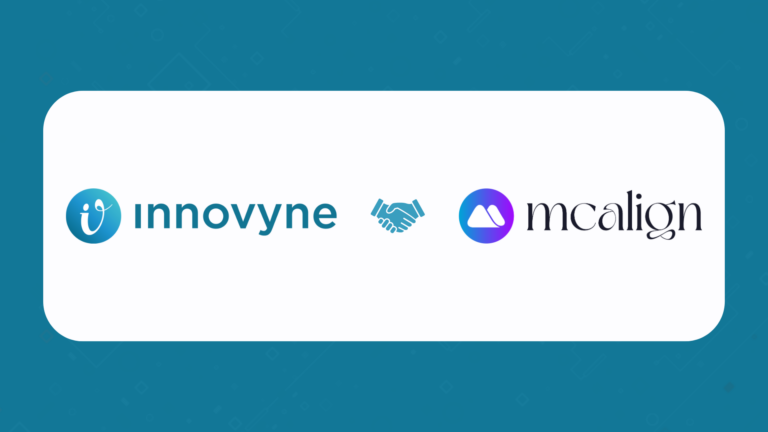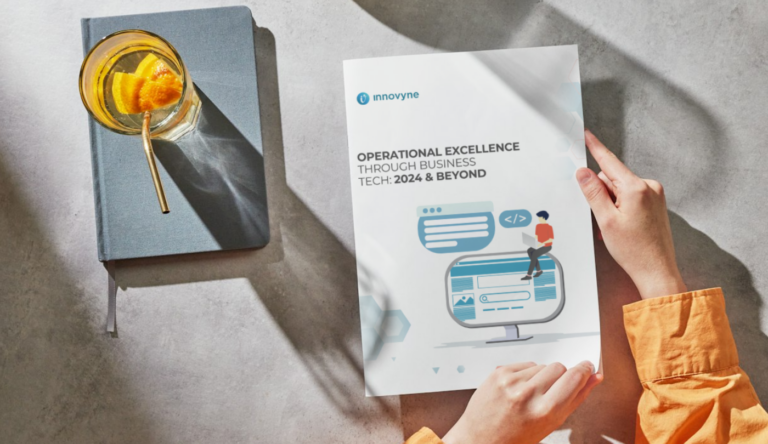Incentive compensation is a fluid subject in the midst of heavy change as the demographics of the workforce, business models and employee motivations transition to those of the younger generation. From adding social contribution incentives to applying behavioral economics, HR organizations are constantly evolving their compensation strategies to match the agile business strategy and the highly diverse workforce in today’s company.
However, creating and implementing effective incentive compensation plans are difficult as they need to adhere to all of the following three factors:
- Attract and retain top talent
- Motivate the team to achieve targets aligned with strategic objectives
- Stay within the assigned budget
Managing to achieve all of the above-listed criteria and appropriately handling the ongoing tension between them is a demanding task. Compensation teams need to fulfill the tall order of developing incentive programs that are highly competitive, creative, agile and sustainable. However, there are a few guidelines that have helped companies design and execute compensation programs successfully.
The first step to any compensation program design activity is to ask a fundamental question:
Do we have a compensation philosophy?
The compensation philosophy outlines the company’s thoughts on incentives and allows the design team to be clear in their expectations and limitations when going through the exercise of developing incentive programs. Other questions to be addressed include:
Do we know for what we are willing to pay and how much?
Where do we expect to stand in relation to market pay standards?
What type of compensation structures would best suit our company in light of the current market demands and how willing are we to entertain innovative incentive policies and models?
A significant question to ask while mulling over the philosophy is the type of culture the team would like to foster within the organization through compensation practices. Once the foundation has been established, the following 5 considerations allow the compensation design team to carefully assess each element that forms a successful, comprehensive incentive program.
Align incentives with business priorities
How should the business priorities be represented in the incentive compensation plans? Regardless of top-down or bottom-up planning, each organization ideally has a sense of their forecasted goals for the upcoming year. These goals and priorities are the foundation of a well thought-out compensation program – a structure that is focused on inspiring and enabling the desired behaviors to achieve preset objectives.
The second pre-requisite is to clearly define the correct roles required to accomplish outlined business goals. This will allow the team to map out the territory and set the right quotas.
Accurately determine the target pay for each role
Consider the industry competitors to be a good benchmark strategy. Assess the target pay and pay mix for similar roles in competitive organizations. This analysis should give the team a fair head-start into understanding the target total compensation for each role.
Two critical factors that determine the target pay are industry benchmarks and the company budget. Align your budget with the expected performance of each role. The expected production by each role should account for performance thresholds and upside potential. This provides the definition of high performance for the organization and enables the company to attract and retain the best talent possible in its industry.
Define correct measures and timing
Performance measures should represent the most significant areas for each role. A challenge for many organizations is honing in on the few measures that form the core of the plan. For example, too many measures introduce unnecessary complexity in the plan and can interfere with the employee’s ability to properly achieve crucial targets.
Moreover, the organization should clearly determine at what intervals each measure will be tracked and paid. The measurement cycles should be in sync with the sales process and allow for the sales rep to be consistently motivated to perform. For example, having predominantly long-term measures in a business model with short-term sales cycles can cause the employee to lose interest and leave the company.
Ensure that the mechanics that ultimately connect performance with pay – rates, accelerators, gates, etc. – are aimed at maintaining simplicity without compromising on the effectiveness of the plan. Complex incentives that are difficult to understand kill employee morale and result in low target achievement.
Communicate plan details clearly to each stakeholder
Arguably, the most important element in the compensation planning and design process is communication and roll-out. A surefire way to ensure the right start is to transparently share each detail of the plan with every stakeholder and have an efficient system of communication between employees and the compensation team in case of questions. The clearer the plan is to the reps, the higher the likelihood of goal accomplishment by reps.
Measure the effectiveness of the compensation plans
Organizations fall into the trap of annual reviews cycles. This causes a heavily skewed analysis and mitigates any ability to correctly pinpoint areas of improvement in existing programs. Program evaluation should be an ongoing and regular process throughout the year. Analyze the building blocks of the success of the program by assessing the relationships between pay and performance, goal attainment and the difference between top and bottom performers.
Above all, compensation programs today are the core building blocks of the HR department’s efforts to foster the desired organizational culture. Carefully designed incentives go a long way in nurturing healthy competition among employees without affecting the team unity required to retain top talent and sustain business growth.
Contact us today to learn how InnoVyne Technologies helps organizations effectively manage incentive compensation plans.



